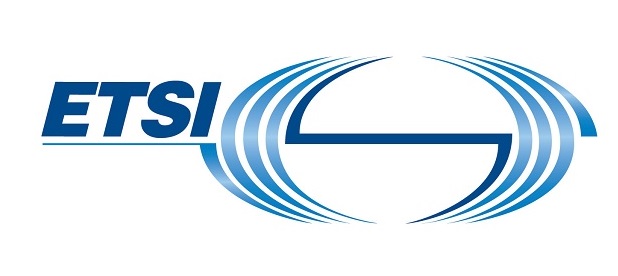ETSI is aiming to solve NFV integration problems with a flurry of new specifications devised by telcos.
The standards body’s NFV Industry Specification Group (ISG) has defined unified API specifications that it said would achieve multi-vendor interoperability and enable operators to accelerate the rollout of the technology.
The industry group claimed the new specs would help solve integration issues with independently developed management and orchestration systems and would broaden the reach of solutions operators can use.
“As a direct consequence, it will lead to solutions and network services from different vendors being brought to market in the future that are all interoperable with independently developed NFV management and orchestration systems,” ETSI said.
The unified API definition underpins six new NFV specifications that have been published during the past three months. These span virtual network function package structure, dynamically optimising packet flow routing, accelerated resource management and agreeing hypervisor domain requirements.
Telcos will be able to access the API specifications by the end of 2017.
Diego Lopez, Chairman ETSI NFV, said: “It is clear that NFV will thrive through being backed up by an expansive open ecosystem that encourages innovation from the broadest possible range of sources. By delivering standardised open interfaces and descriptors, ETSI is giving new players that have not previously been involved in this sector the opportunity to make a major contribution to its ongoing progression.
“With the ground-breaking work that is now being done we are getting closer to a stage when universal integration is finally achievable and vendors’ VNF solutions can be executed and managed via any orchestrator and management solution without integration problems arising. Furthermore, all of the components parts of such management/orchestration systems will be completely interoperable with one another.”
[Read more: Ericsson speeds up software updates to telco infrastructure]
Work continues on the ISG’s Release 3, which aims to provide specifications and advice for making network functions virtualisation operational, as well as examine how to offer enhanced security and apply NFV to network slicing.


